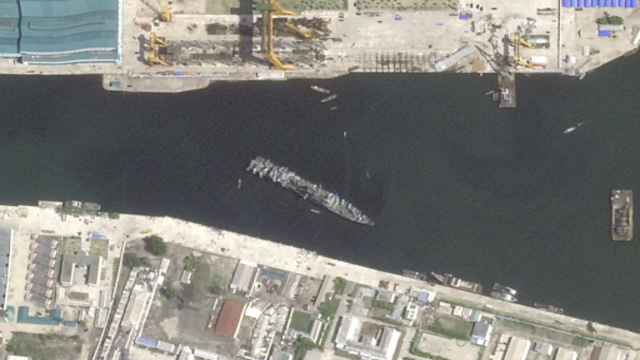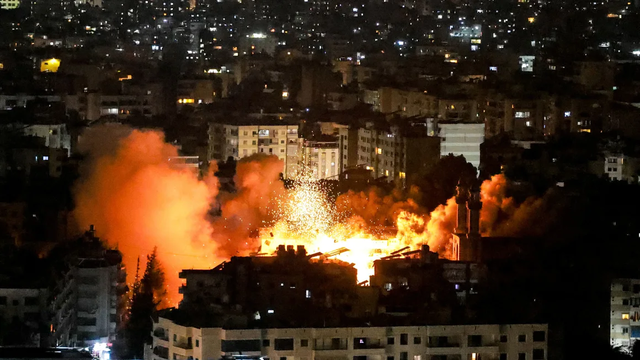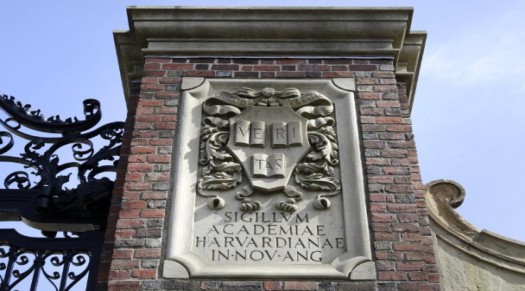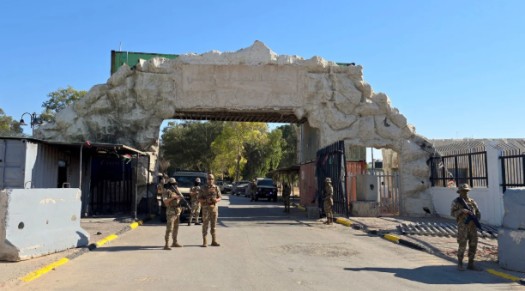
Lava erupts near Grindavik, sending flames and smoke into the sky. AP
A powerful volcanic eruption in southwest Iceland has forced residents and tourists to evacuate. The volcano erupted early in the morning, sending lava shooting into the sky. A massive crack, now stretching 1.2 kilometers, has opened in the ground. The eruption has triggered multiple earthquakes throughout the day.
The volcano is near the town of Grindavik and the famous Blue Lagoon spa. Most people have left, but a few have chosen to stay. Grindavik resident Asrun Kristinsdottir said she had to flee when emergency sirens rang. Having lived near the volcano her whole life, she was always prepared to evacuate, but this time felt different due to constant quakes.
The Icelandic Meteorological Office (IMO) reported that lava has breached protective barriers around Grindavik. A new fissure has opened just inside these barriers, putting parts of the town at risk. Rikke Pedersen from the Nordic Volcanological Centre warned that lava could enter populated areas.
Police urged everyone to leave the danger zone, but a handful of residents refused. "Seven or eight houses still have people inside," said Police Commissioner Ulfar Ludviksson.
The eruption also damaged infrastructure. A hot water pipe in northern Grindavik broke due to significant ground cracking, the IMO confirmed. By early afternoon, volcanic activity had slightly decreased, but concerns remain.
Thormar Omarrson, a longtime Grindavik resident, had already moved away last year. He had lived in the town for 30 years but relocated in 2024 after authorities warned of increased volcanic risk. He described leaving as "heartbreaking" because his family had deep roots there. He also noted that some of his friends refused to leave, choosing to stay in their homes despite the danger.
Most of Grindavik’s 4,000 residents had already evacuated in 2023 due to ongoing volcanic threats. Since then, the volcano has erupted multiple times.
Scientists say the magma that formed on Tuesday is the longest recorded since November 2023, stretching about 11 kilometers. The magma corridor now extends 3 kilometers further northeast than in previous eruptions.
The IMO warned that gas pollution from the eruption would travel northeast toward Iceland’s capital due to wind patterns.
The eruption started at 9:45 a.m. local time, shortly after several earthquakes shook the Sundhnuk crater range. The Reykjanes Peninsula has experienced frequent eruptions since 2021.
Historically, this region saw its last volcanic period 800 years ago, with eruptions lasting for decades. Iceland, home to 33 active volcano systems, sits on the Mid-Atlantic Ridge, where two massive tectonic plates meet, making eruptions a frequent occurrence.















